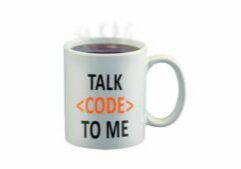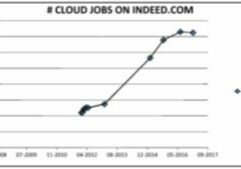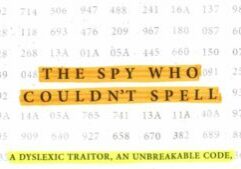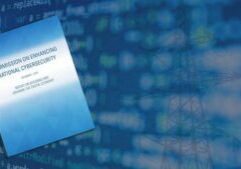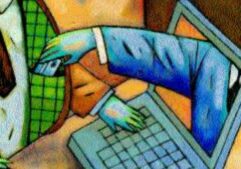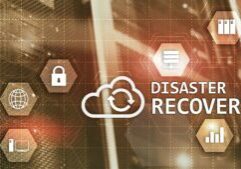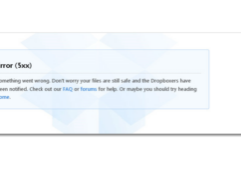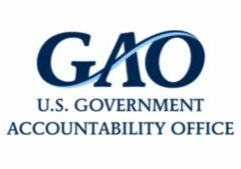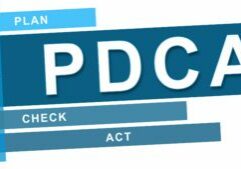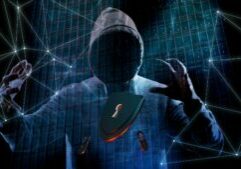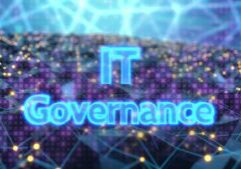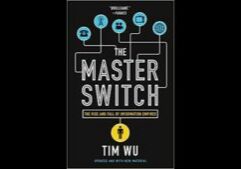In this era of digital disruption, business leaders are turning to technology to keep up. But, will they continue to turn to traditional IT leaders to map out the future? This is the question addressed by Mark Schwartz’s new book A Seat at the Table. Mr. Schwartz engagingly analyzes the present and provides guidance for IT leaders to get and keep a “seat at the table”.
In the beginning, we had Waterfall systems development. CIOs could take orders from business leaders, translate the orders into technology roadmaps, develop milestones and implement systems. Then the business discovered SaaS and the “Shadow IT” department was born. The most recent trend is Agile/DevOps, in which business collaborates directly with development and DevOps engineers are tasked with implementing code. What is the role of IT leadership when business leaders are directing systems development?
Gartner has defined Mode 1 and Mode 2 activities for IT. Mode 1 is “keeping the lights on” and Mode 2 is managing digital disruption, as I see it. Mode 1 isn’t just maintaining a static playbook; it requires development and active management. Mr. Schwartz recounts a project he ran, as CIO, to improve the throughput of an existing application. He had $20m to do this job, but the exact improvement goals were not defined. This is a perfect example of Agile/DevOps applied to a technical problem. The improvements achieved were more than sufficient for the mission.
What about the Mode 2, business disruption type projects? Mr. Schwartz suggests that the role of IT leadership migrates to influencing rather than controlling. If Agile/DevOps iterative, collaborative work replaces Waterfall, then the role of “IT managers” is to let the team run with the problem, instead of holding everyone to predetermined milestones. I agree with this conclusion for many projects. Others, such as meeting an SEC compliance requirement by a specific day, might still be better implemented using waterfall methods.
Chapter 13 outlines the specific things CIO’s and other IT leaders can do to exercise leadership in the new IT world. Here are some of his suggestions:
- Be a driver of business outcomes, not just technology outcomes. This reminds me of CIO Rik Reitmaier’s presentation on how he collaboratively developed a mobile application for taking poolside drink orders at Gaylord.
- Steward of Assets. This is the manager of Mode 1 initiatives. No small challenge, given the years’ of IT investment that falls into this bucket.
- Contributor. The IT leader of the future has to be more technical to help provide a technology map to business leaders. This is interesting, because 5-10 years ago, many thought that the CIO had to be an MBA and not a hardcore technologist.
- Influencer and Salesperson. The new CIO will have to influence the approaches used to develop transformative systems. He/she may also need to sell the organization’s technology to outside investors and customers.
- Enabler. Where will the platforms and systems to rapidly develop next generation capabilities come from? This will be the role of the CIO.
If you are in technology this book provides guidance on where your role may be going. It is well written and insightful. My own conclusion is that IT leaders will need to become like the Roman god Janus. One face looking at the past and how to improve it, and one face looking out far into the future…arriving faster than we can appreciate. Looking at the present alone doesn’t work anymore.
Contact us today to learn how we can assist you in any aspect of your IT security program.
Book an Appointment for Cybersecurity Issues
Request an appointment with Dr. Fred Scholl. We will discuss any cybersecurity issues you have.









